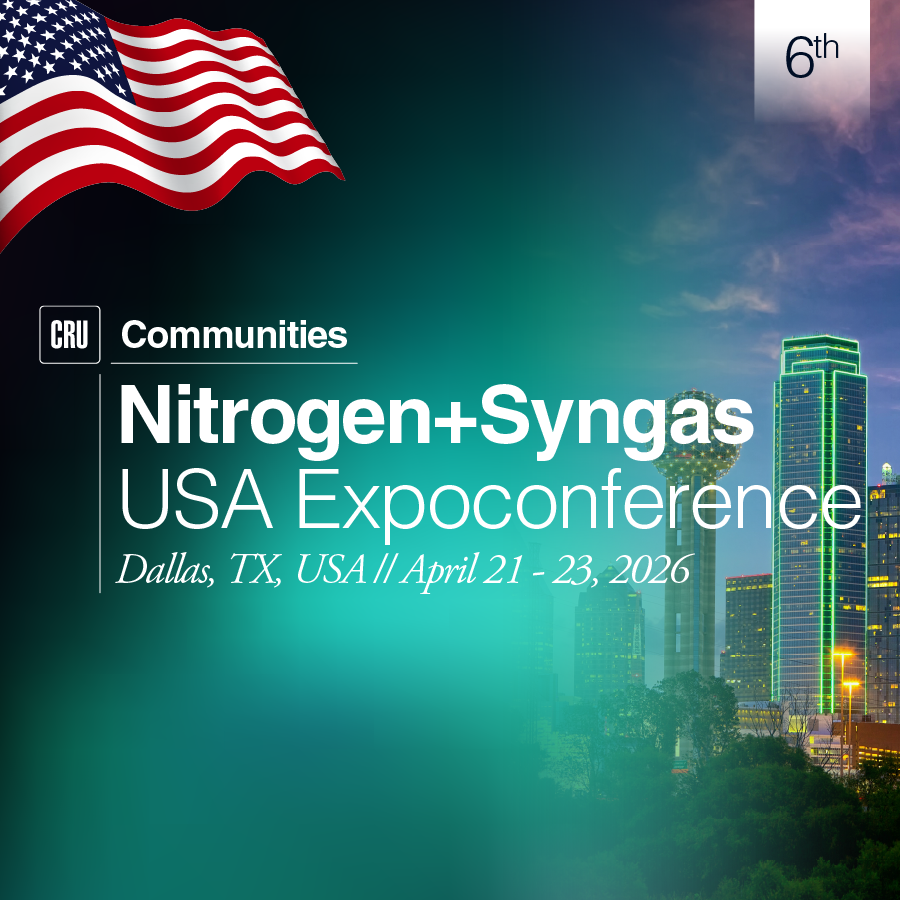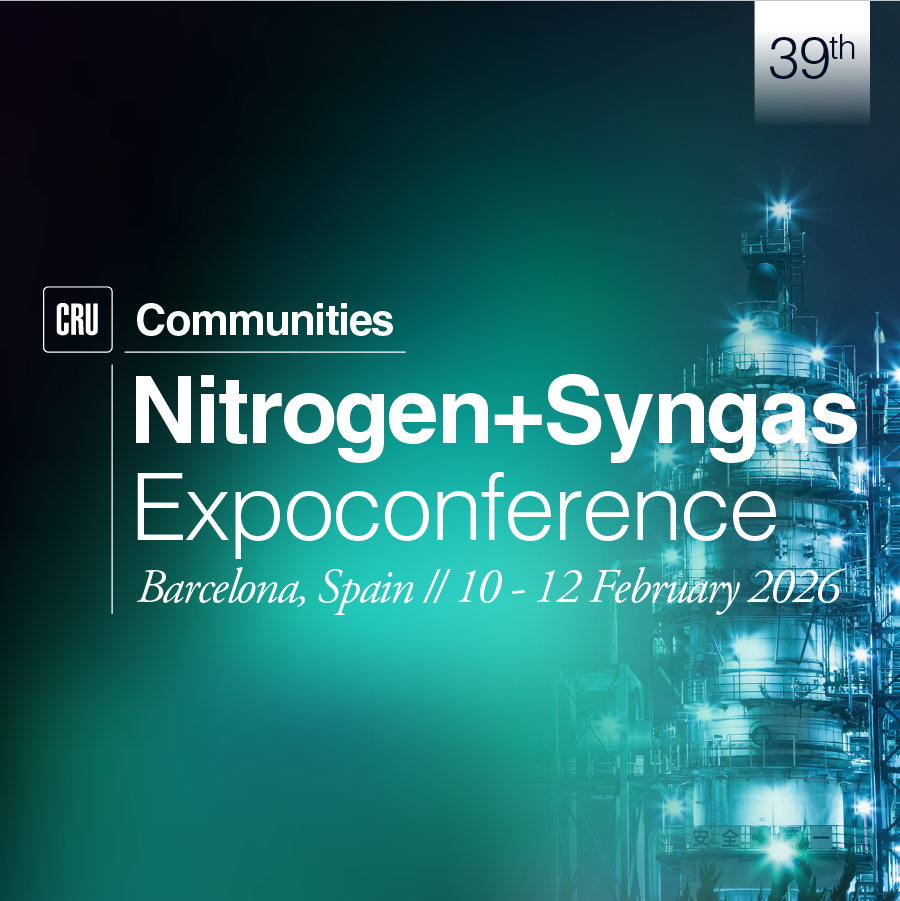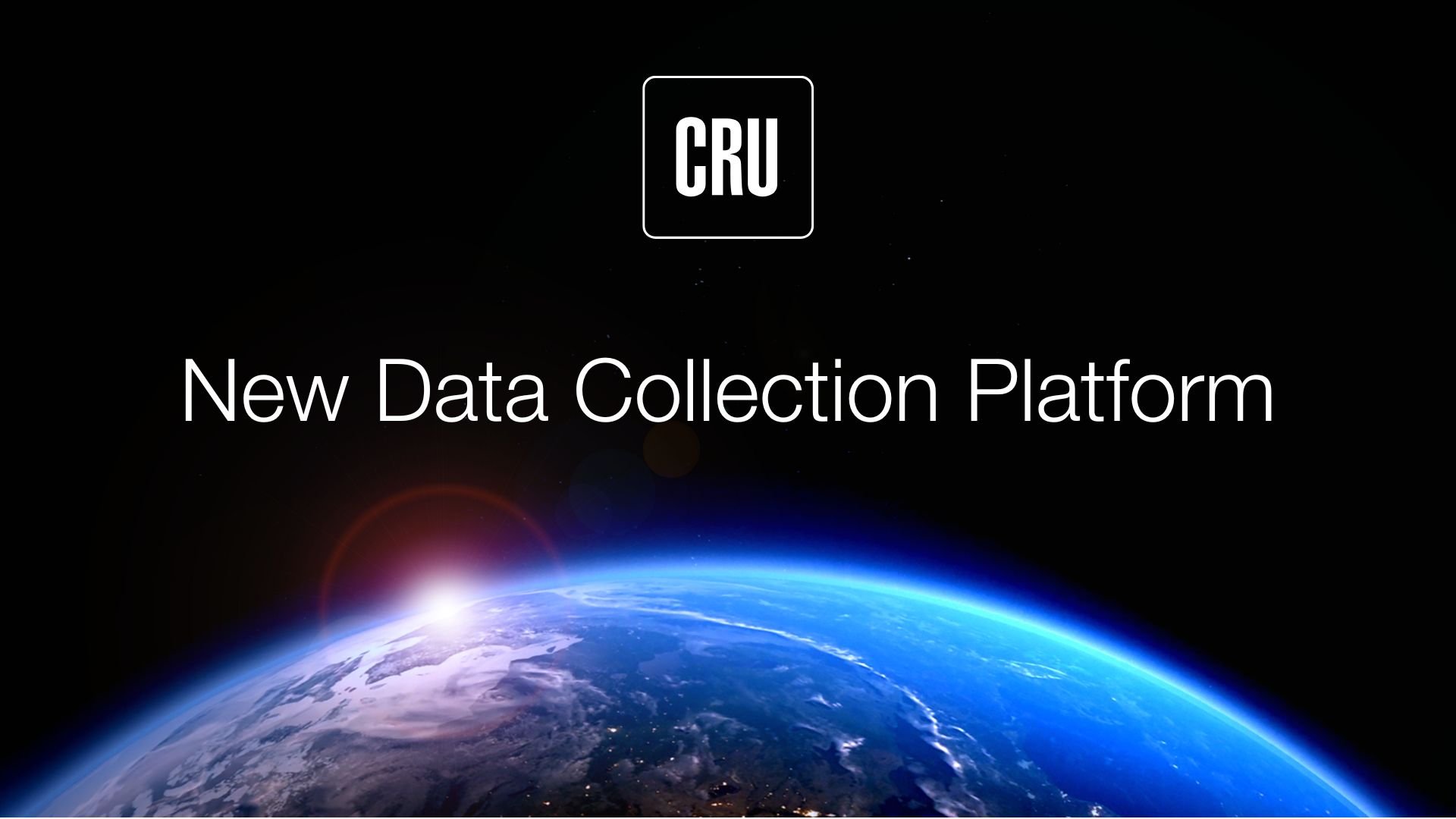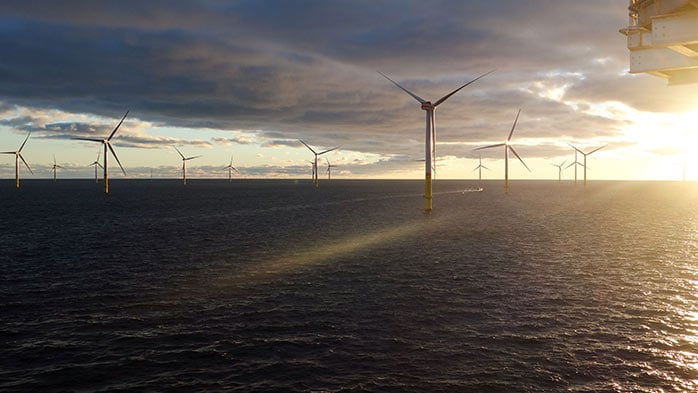India recently announced a very ambitious target to commission 5 Mt/y of green hydrogen production capacity by 2030, supported by 125 GW of renewable energy capacity in addition to the existing capacity base of ~106 GW. The government has estimated a required capital expenditure of $100 bn and ~$2.5 bn has been allocated as government support. In this Insight, we analyse the practicality of this announcement from a cost perspective.
From an investment point of view, we believe the $100 bn of capex falls far short of achieving a capacity of 5 Mt/y once we consider the capex requirement for both electrolysers and renewable power plants. According to our estimate, the total capital outlay for 5 Mt/y of production will be close to ~$280 bn. As such, the government funding of $2.5 bn will be even more meagre.
If we take the above two capex scenarios, as well as typical non-power electrolyser and renewable plant operating costs from CRU’s proprietary cost model, we estimate green hydrogen economic costs of ~$3 /kg under government assumptions for a capital charge and ~$7.5 /kg under CRU assumptions.
How does the green hydrogen cost compare to fossil fuels?
Two key drivers of the Green Hydrogen Mission are to firstly reduce India’s dependence on imported energy and, secondly, provide export revenue – but how do the above costs compare with the energy sources that hydrogen is intended to replace? As the table below shows, green hydrogen costs in both scenarios are significantly more costly than traditional fuels.
Another important place where green hydrogen could be used is in the auto industry, where the liquefaction of hydrogen gas is necessary. The below table shows the cost comparison of diesel and petrol costs in India compared with liquefied green hydrogen. Our estimates suggest the liquefaction of green H2 will cost ~$20 /GJ.
Unsurprisingly, liquified green H2 is even more costly than traditional alternatives in both scenarios.
Economics of green hydrogen vs. traditional reductants in Indian steel industry
If the steel industry plans to use green hydrogen for production of DRI instead of coal/natural gas, the comparable costs would be as shown in the chart below. Thus, in the absence of any carbon taxes, green hydrogen-based DRI is the highest-cost option.
Similarly, if the steel industry plans to use green hydrogen for injection into the blast furnace (BF) tuyeres instead of PCI coal – assuming injection up to the anticipated technical capability – the comparable costs would be as below. Again, green hydrogen use will make pig iron costlier to produce unless carbon taxes are implemented on CO2 emissions, lifting the cost of traditional steel production.
Green hydrogen will not be cost-competitive without carbon taxes
India’s Green Hydrogen Mission is ambitious but, at this point, the government support promised will not be sufficient to encourage rapid building of green hydrogen capacity. As such, further policy support will be needed to ensure success. This could be in the form of much greater levels of subsidy, the mandated use of green hydrogen or some form of carbon tax to raise the cost of traditional energy sources – the latter options would also need to be further coupled with market protections. Without this added policy support, the use of green hydrogen in hard-to-abate industries in India remains a challenge.
In the next Insight, we will cover green hydrogen export opportunities and explore the expected profitability of Indian green hydrogen investments. If you want to discuss hydrogen costs and implications for hard-to-abate sectors, then please get in touch. We’ll be happy to discuss our work further.

















